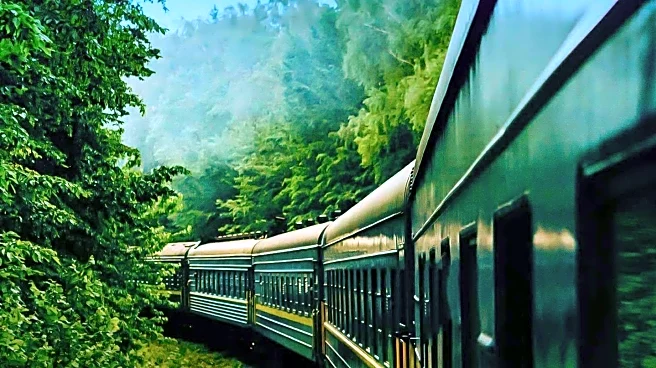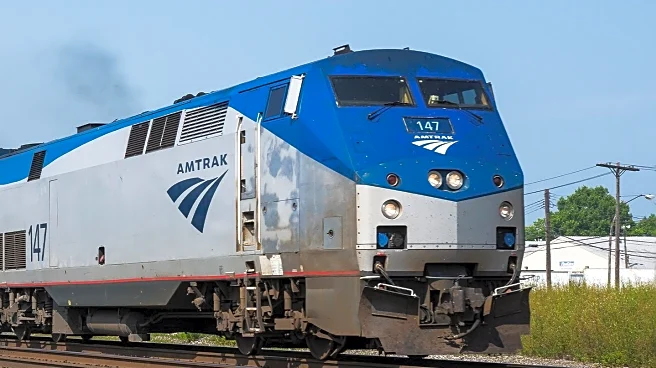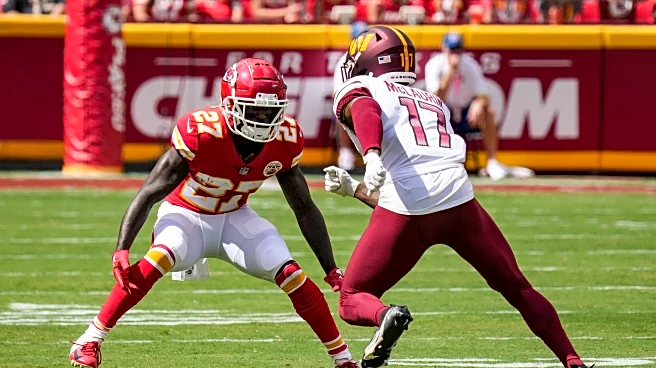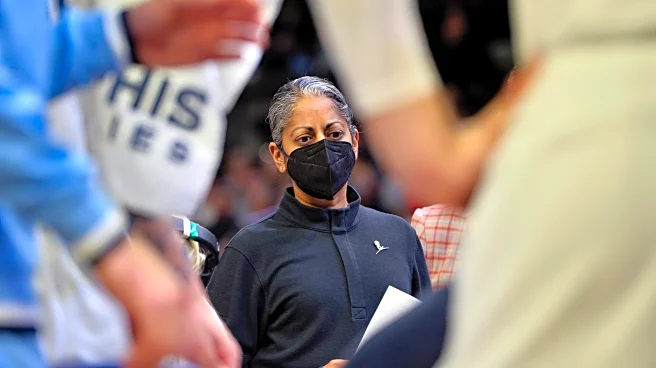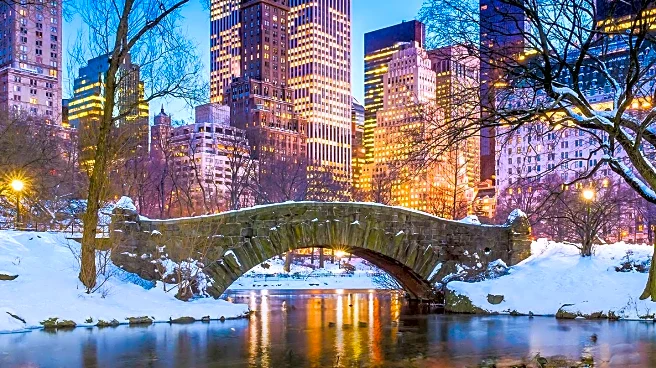What's Happening?
A traveler from New York experienced Seattle for the first time, noting several surprises during the visit. Traveling from Vancouver to Seattle, the traveler found that Amtrak offered a more affordable
option compared to flying, with train tickets costing significantly less than airfare. The train journey, although longer, provided comfort and scenic views. Upon arrival, the traveler explored Seattle's unique attractions, including Pike Place Market and the Gum Wall, and noted the city's blend of urban and natural environments.
Why It's Important?
The affordability and comfort of train travel compared to flying could influence more travelers to choose rail options, potentially boosting Amtrak's ridership. This shift may encourage investment in rail infrastructure and services, enhancing connectivity between major cities. Seattle's unique blend of urban and natural elements highlights the city's appeal as a travel destination, potentially increasing tourism and economic activity. The city's efforts to create pedestrian-friendly spaces, such as the temporary car ban at Pike Place Market, reflect broader trends towards sustainable urban planning.
What's Next?
Seattle's ongoing initiatives to enhance pedestrian areas may lead to permanent changes in urban planning, influencing other cities to adopt similar measures. The affordability of train travel could prompt Amtrak to expand its services and routes, catering to increased demand. As Seattle continues to attract tourists, local businesses and attractions may see growth, contributing to the city's economic development.
Beyond the Headlines
Seattle's approach to urban planning and transportation reflects a growing emphasis on sustainability and quality of life. The city's integration of natural elements within urban spaces may inspire other cities to prioritize green infrastructure. Ethical considerations around accessibility and inclusivity in urban design may arise, prompting discussions on equitable city planning.
